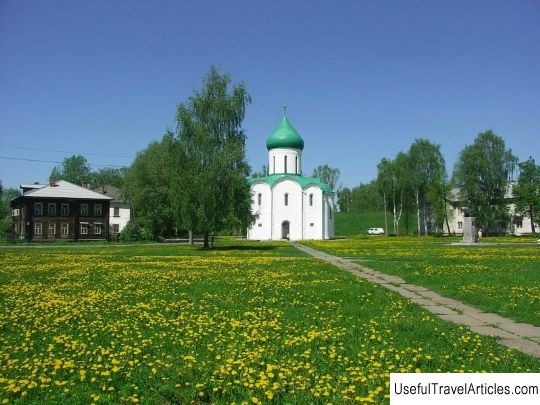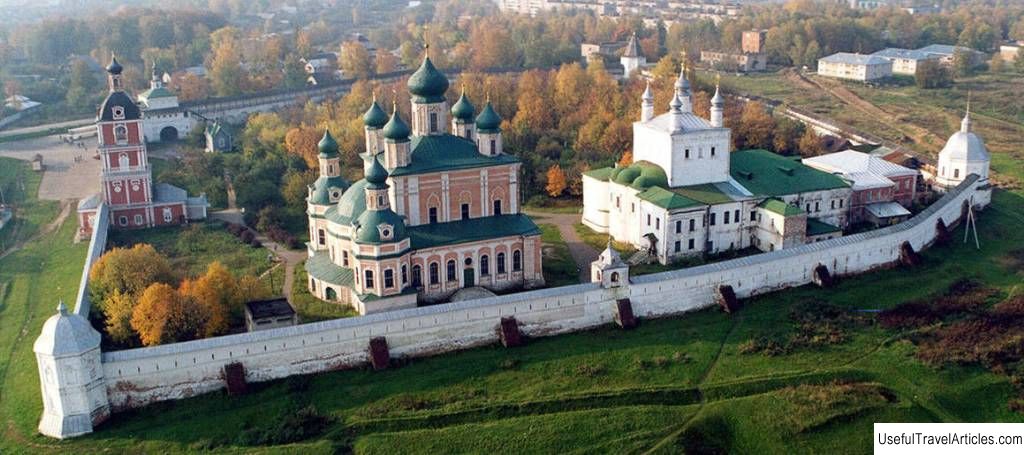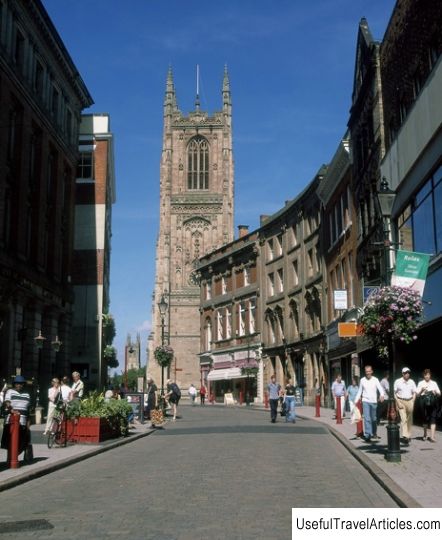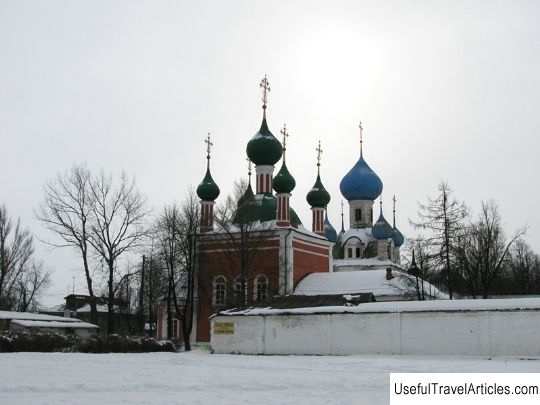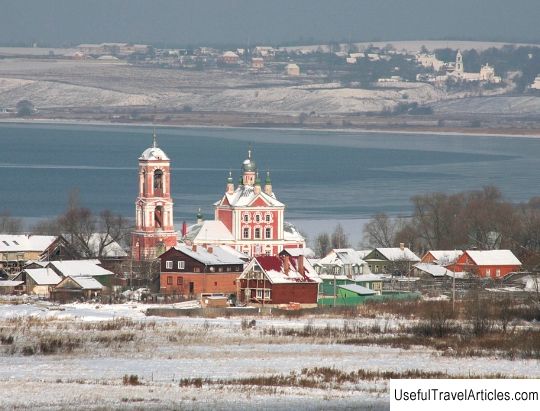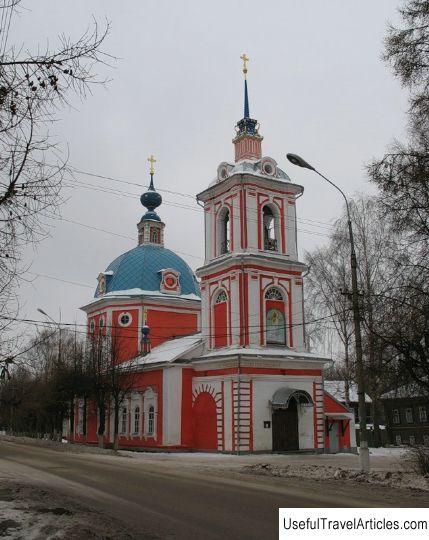Transfiguration Cathedral description and photos - Russia - Golden Ring: Pereslavl-Zalessky
Rating: 8,2/10 (1233 votes) Transfiguration Cathedral description and photos - Russia - Golden Ring: Pereslavl-Zalessky. Detailed information about the attraction. Description, photos and a map showing the nearest significant objects. Photo and descriptionThe Transfiguration Cathedral is located on the territory of the Pereslavl Kremlin. It was founded in 1152 by Yuri Vladimirovich Dolgoruky, and was completed in 1157 during the reign of his son, Andrei Yurievich Bogolyubsky. The temple is one-domed, cross-domed, three-apse, four-pillar. It is the earliest of the white-stone architectural monuments of North-Eastern Russia (like the Borisoglebskaya church in the village of Kideksha, Suzdal district of the Vladimir region). The walls of the Transfiguration Cathedral are made in a half-brick technique from beautifully hewn and laid almost dry white stone blocks. The thickness of the walls is 1 m -1 m 30 cm. In ancient times, the height of the temple was approximately 22 m. The foundation of the building is ribbon, that is, passing from the walls to the pillars, for its time - already archaic. It was built of a huge stone on lime. The depth is 1.2 m, brought to a layer of dense clay. The foundation is wider than the walls, from the north it protrudes 1 m, from the east - 1.5 m. It descends vertically to a depth of 80 cm, and then narrows. The temple, in comparison with the pre-Mongol period, "rooted into the ground" by almost 90 cm, below low tide there are 2 more rows of stone socle masonry. The decor of the cathedral is strict. The drum adorns the curb and crenellated belt. The upper part of the apses is decorated with an arcature belt, a curb and a carved half-shaft. Chinyakov, who was engaged in the research and restoration of the cathedral in the 40s of the XX century, assumed that the drum was crowned with a chain of carved arches, similar to the end of the drums of the Assumption Cathedral from Vladimir. No stone porches and other annexes to the temple have survived, no traces of them have been discovered by archaeological investigations. Most likely, not a stone, but a wooden staircase tower was attached to the entrance to the choir in the second tier of the western part of the northern wall of the temple, which was laid in our days. During excavations in the cathedral in the late 1930s, floor majolica tiles in green, yellow and brown colors. More elegant blue and white tiles, most likely, adorned the choir. In the second half of the 12th century, the Transfiguration Cathedral was decorated with frescoes. The compositions "The Mother of God on the Throne" and "The Last Judgment" were discovered in 1862 by the local historian and architect N.А. Artleben. During the restoration work of 1893-1894, old frescoes were removed in small pieces, put in boxes and hid in a mess in a cold barn. A year later, the Archaeological Commission recognized that the frescoes did not deserve further preservation. The surviving fragment of the murals - a half-length image of the Apostle Simon - is currently kept in the Moscow Historical Museum. & Nbsp; The 19th century frescoes, which were not of significant artistic value, were cleaned off. Now inside the temple there are white walls. There was an icon "Transfiguration" (early 15th century), made by Theophanes the Greek. Now - in the Tretyakov Gallery. The Transfiguration Cathedral is the only one of the first five white-stone churches of North-Eastern Russia that has come down to us almost completely intact. Many Pereslavl princes, including, probably, Alexander Nevsky, were baptized here. born in Pereslavl in 1220. In the XIII-XIV centuries, the cathedral was the burial vault of local appanage princes. Princes Dmitry Alexandrovich and Ivan Dmitrievich were buried here. In 1939, during excavations led by N.N. Voronin found a rare sarcophagus lid from the burial place of Ivan Dmitrievich, decorated with a triangular-notched pattern. In September 1945, the Alexander Nevsky Museum was established in the cathedral.        We also recommend reading St. Prince Igor of Chernigov description and photo - Russia - St. Petersburg: Pushkin (Tsarskoe Selo) Topic: Transfiguration Cathedral description and photos - Russia - Golden Ring: Pereslavl-Zalessky. |
